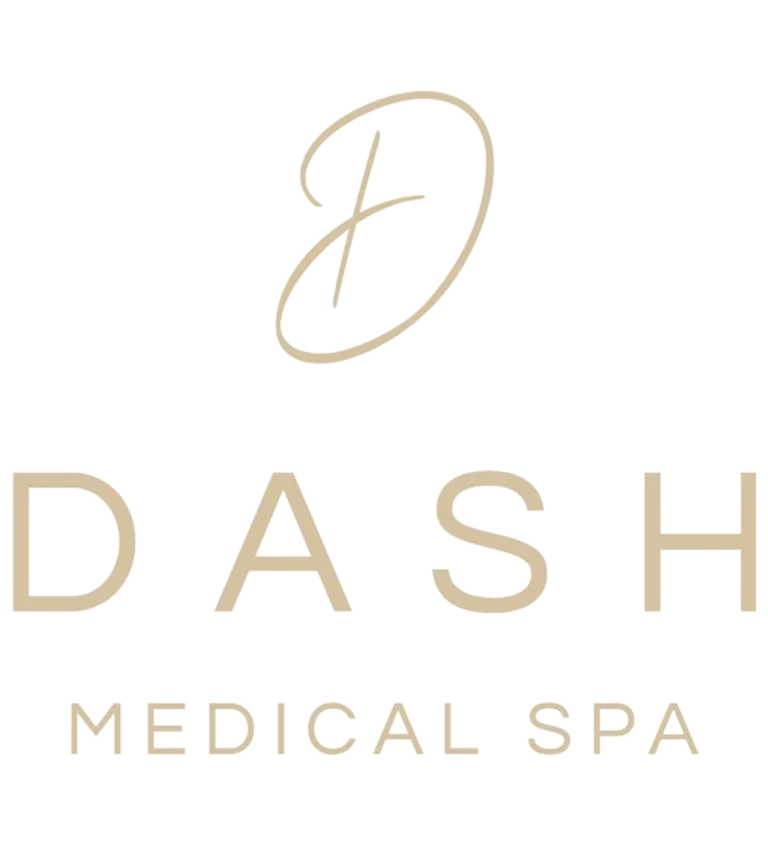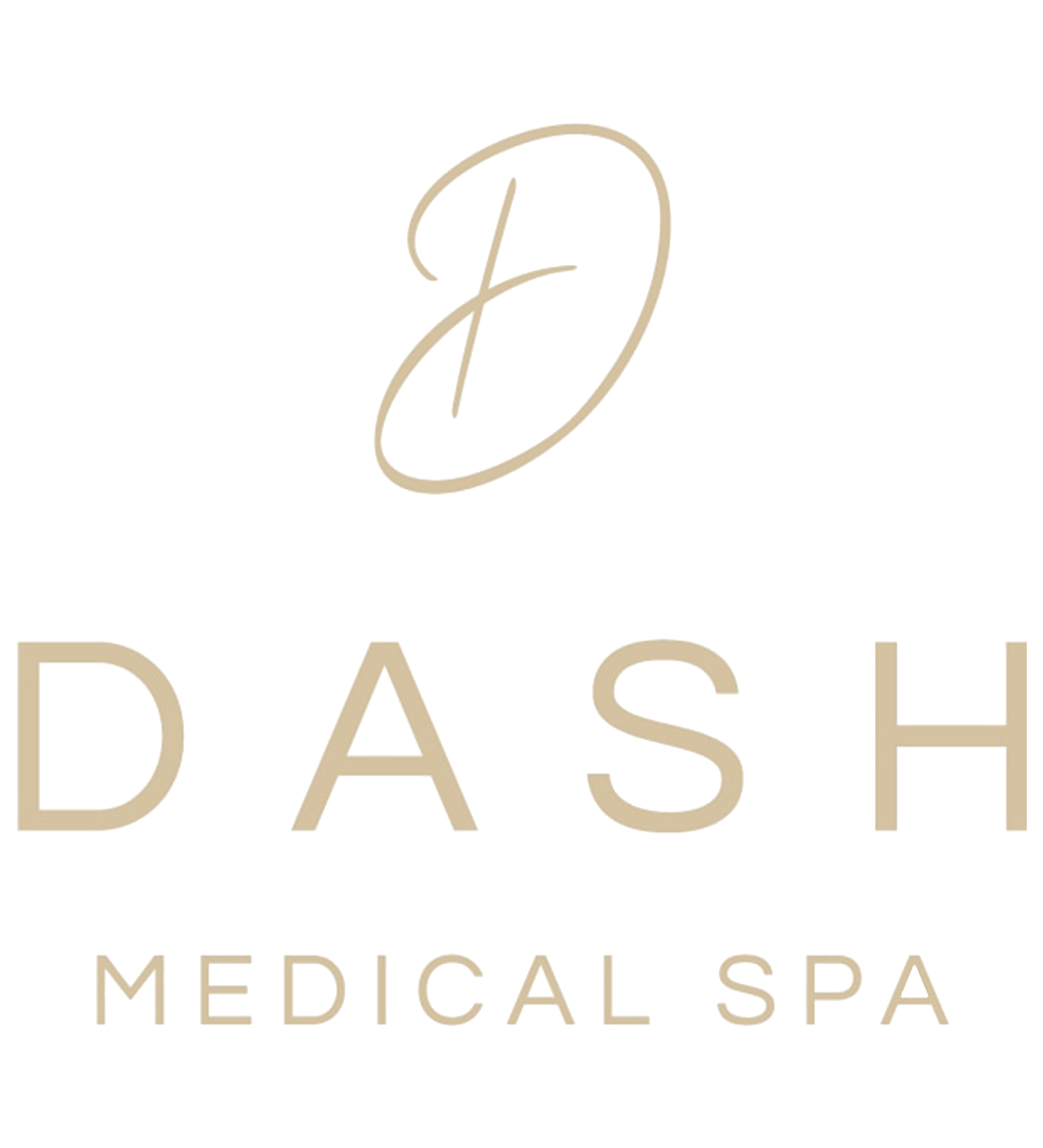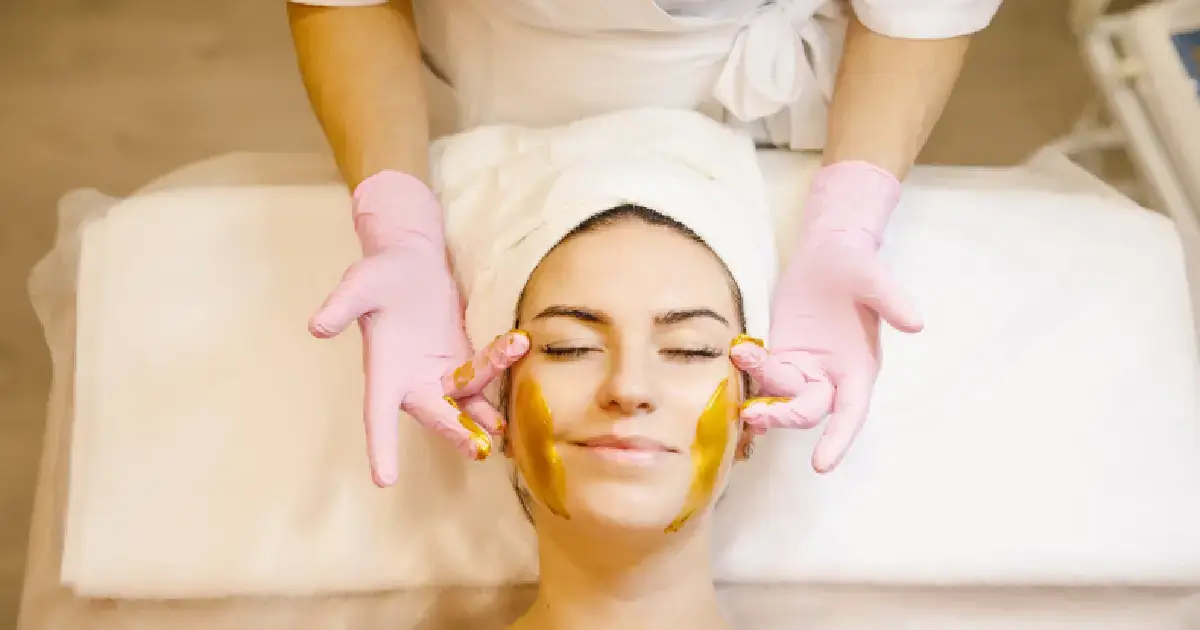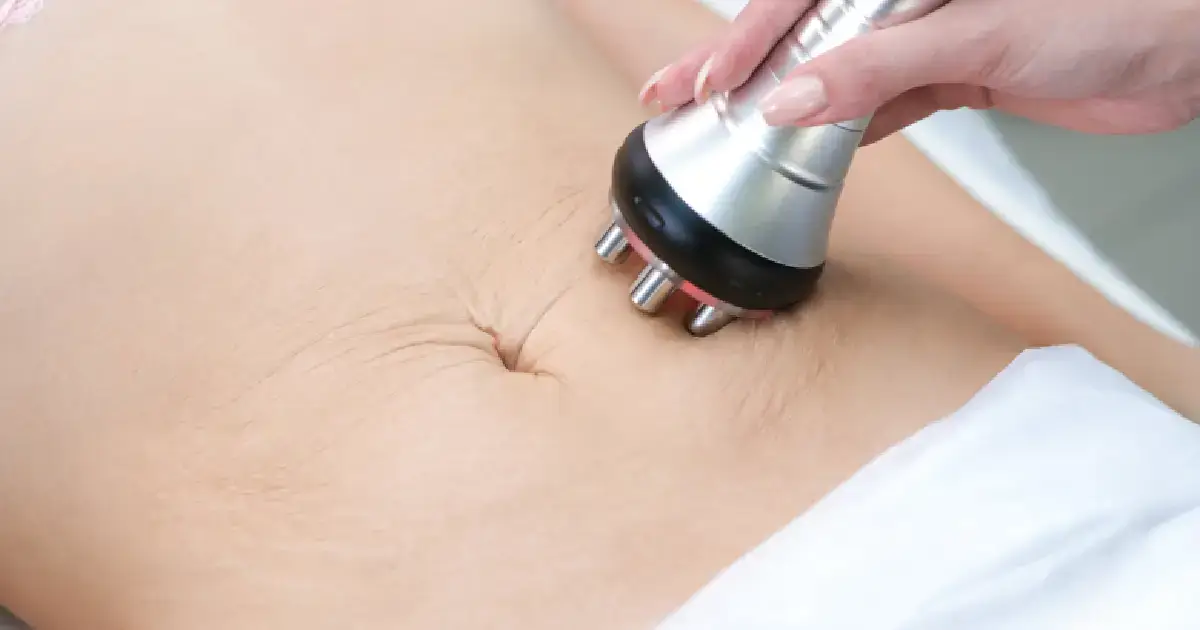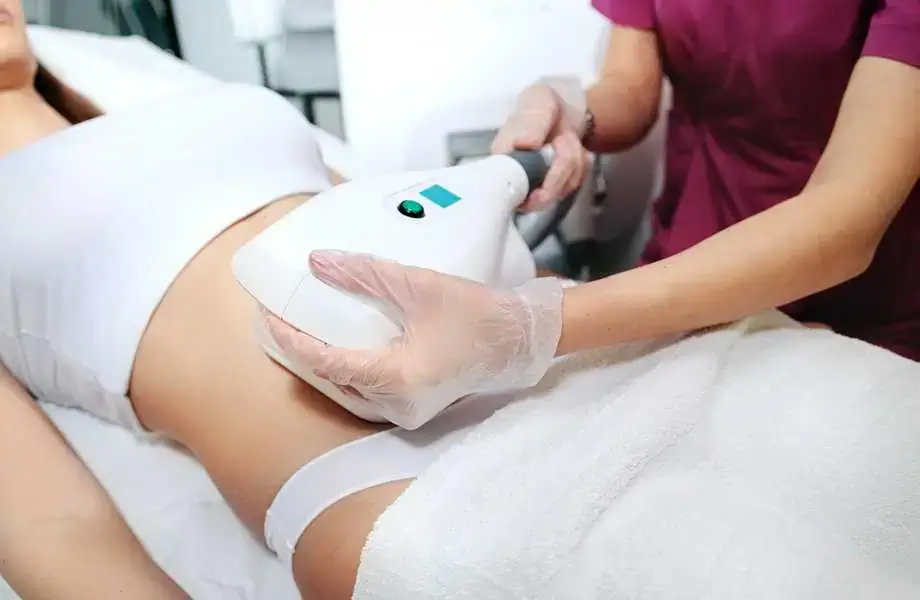If you’re tired of your puffy cheeks, buccal fat removal could be a solution. Buccal fat excision is liposuction that removes excess fat from underneath the cheekbones. It can be performed on anyone with unwanted flab in this area, but it’s especially popular with people bothered by sagging skin around their mouth and jawline after losing weight. This article will look at all aspects of buccal fat removal, including how it works and what to expect after treatment.
What is buccal fat removal?
The buccal fat pad is a small lump of tissue in the mouth. It comprises fat and blood vessels, which help support your teeth and gums. Buccal fat removal can be done in two ways:
- Surgical: An incision around your upper lip allows access to the buccal fat pad. Then, using a scalpel, the provider will remove excess tissue from this area through minor cuts along its perimeter (this procedure is known as “liposuction”).
- Non-surgical: An ultrasonic device vibrates at high speeds to break up fatty deposits within this region; these particles are then suctioned out through tiny incisions placed near them (this option works best if you have minimal amounts of excess fat).
How does buccal fat removal work?
Buccal fat removal is a non-invasive procedure that uses radiofrequency energy to kill fat cells in the cheeks. The surgeon uses a cannula to insert the power into the fat cells, which causes them to shrink and die.
Is buccal fat removal safe and effective?
Buccal fat removal is a safe and effective way to reduce the size of your cheeks. It’s also minimally invasive, meaning it doesn’t require general anesthesia or stitches. The procedure can be performed in about 20 minutes, leaving no visible scars on your face.
However, buccal fat removal isn’t for everyone. To qualify for this type of cheek reduction surgery (or any type), you’ll need the following:
- A BMI below 30;
- Skin elasticity that allows for good healing;
- An overall good health condition without any medical conditions interfering with healing or recovery time; and
- Healthy gums without gum disease or infection
What are the side effects of buccal fat removal?
As with any procedure, there are some side effects that you should be aware of. Your surgeon will advise you on what to expect and how to deal with them if they occur.
- Swelling and bruising: This is quite common after buccal fat removal, though it can vary in severity from patient to patient. Some people experience swelling around the mouth (which might last up to two weeks), while others experience swelling under their eyes (which may last up to six weeks). Bruising can also occur around these areas and on your cheeks or chin–the amount depends on how much fat was eliminated from each site. If you’re worried about this issue, ask your surgeon how they could minimize bruising before surgery begins so that it’s less likely for you!
- Numbness: In addition to swelling and bruising, some patients report feeling numbness where their excess fat was removed from under their chin or jawbone area; however, this isn’t permanent, so don’t worry too much about feeling like “you’ve lost part of yourself forever.” The numbness may dissipate, and you may start feeling things again afterward.
- Infection: Infection is a potential surgical procedure complication, including buccal fat removal. Signs of infection may include redness, swelling, fever, and discharge from the incision site. If an infection occurs, it may require antibiotics or other medical interventions.
- Nerve damage: Nerve damage is a severe but rare side effect of buccal fat removal. Damage to the nerves in the face can result in a loss of sensation or mobility in the cheeks, lips, or tongue. In some cases, nerve damage may be permanent.
- Scarring: Scarring is a potential side effect of any surgical procedure. The extent of scarring after buccal fat removal will depend on several factors, including the surgeon’s skill and the patient’s healing process. While scarring is typically minimal, it may be more noticeable in some cases.
- Asymmetry: As with any cosmetic procedure, there is a risk of asymmetry after buccal fat removal, which means that the two sides of the face may not look identical, which can concern some patients.
- Over-correction: Over-correction is a potential complication of buccal fat removal; this occurs when too much fat is removed, resulting in an overly gaunt or hollowed appearance of the cheeks.
- Allergic reactions: Allergic reactions to anesthesia or other medications used during the procedure are rare but possible. Symptoms of an allergic reaction may include difficulty breathing, hives, or swelling of the face, lips, or tongue.
What can I expect after my buccal fat removal procedure?
After your procedure, you may experience some swelling, bruising, and numbness in the area, which is normal and will resolve over time. You can manage pain with over-the-counter medications like ibuprofen or acetaminophen (Tylenol). In some cases, bleeding may occur following buccal fat removal surgery; however, if this happens to you after your procedure, it will likely be minor and stop on its own within a few days without any further treatment needed.
After any cosmetic procedure–including buccal fat removal–you must follow up with your doctor within 48 hours so they can monitor how well everything went during surgery as well as make sure there aren’t any complications from anesthesia or other factors related to having an operation performed under general anesthesia such as infections.
How many treatments will I need?
The number of treatments you’ll need depends on the size of your cheeks. Buccal fat removal can be done in one session, but it’s more effective if you have a consultation first and then schedule a follow-up appointment later on. If you have weight loss goals before your procedure, we recommend scheduling them at least six weeks apart so that there is time for the area to heal fully between each treatment. The best way to ensure optimum results is by having two or three sessions spaced about two months apart.
Buccal fat excision is a safe, effective way to reduce the size of your cheeks.
Buccal fat excision is a safe, effective way to reduce the size of your cheeks. You can expect to see results after one treatment, but you may need more than one treatment. If this is the case, discuss necessary follow-up appointments and what they will entail when you and your provider meet for your consultation.
It is given that buccal fat excision is safe and efficient, but you can maximize its fullest potential if you are in the right hands. With its transparency, specialization, and consistency, Dash Medical Spa will give you the best buccal fat removal experience. So what are you waiting for? Contact them now and see the magical difference!
